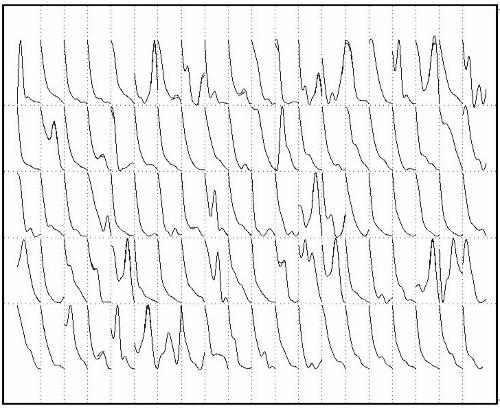 The real estate market provides a good example of the use of analogies.
The real estate market provides a good example of the use of analogies.
To determine a reasonable listing price for a property (such as this dump on the right) that is new on the market, the sales agent will prepare a list of "comps" (comparable homes) that are currently on the market or have recently sold. The comparable homes will have similar attributes, such as square footage, number of bedrooms and baths, and lot size. The prices of these comps (which serve as "like-items") are used to suggest an appropriate listing price for the new property -- and a forecast of what the property should sell for.
Forecasting by analogy is, perhaps, the second most common new product forecasting (NPF) practice. (I believe the most common NPF practice is making up whatever number you want.) Forecasting by analogy assumes that demand for a new product will be similar to demand for like-items from the past.
Like-items are choosen based on product attributes (such as style, color, size, or purpose) or other criteria, and the forecast for the new item is based on a composite of the sales history of the like-items. Like all NPF approaches, there is a degree of judgment involved. There is judgment in the specification of like-item attributes. And there is judgment in how to compute the composite forecast from the histories of the like-items (simply average them, or use another method).
One of the "worst practices" that can occur in this approach is the selective choice ("cherry picking") of past new products, only using those that were successful. Like-items that failed in the marketplace may be forgotten (or purposely ignored), leading to overly optimistic expectations for the new product.
Data Requirements
To utilize analogies, you must first pull the history of past new product introductions, and then align the profiles of their sales during the introductory period. This requires a fair amount of data extraction and manipulation to create a chart like the one below, which shows the first eight weeks of sales for 100 new movie releases on DVD.
In the next installment we'll discuss new product forecasting by structured analogy, which begins with the extraction of these past new product profiles.

